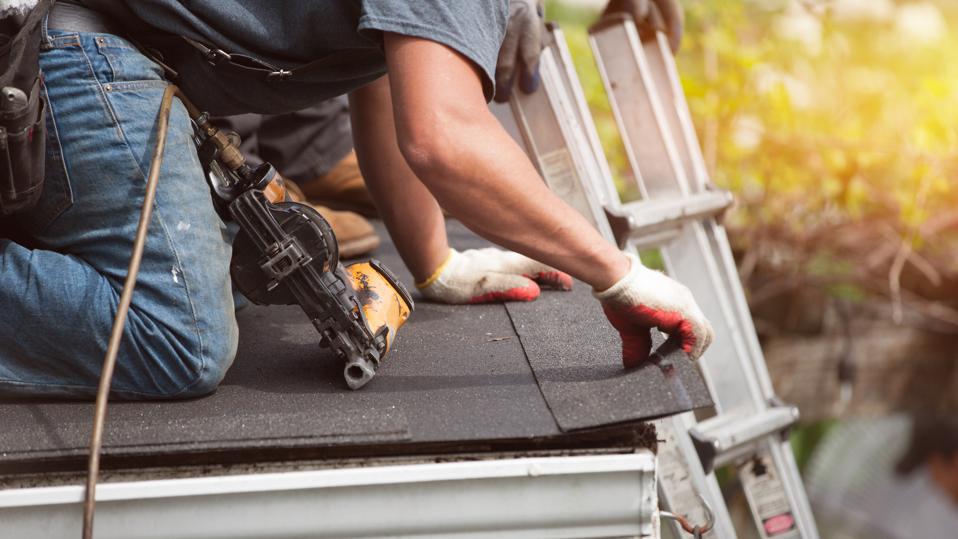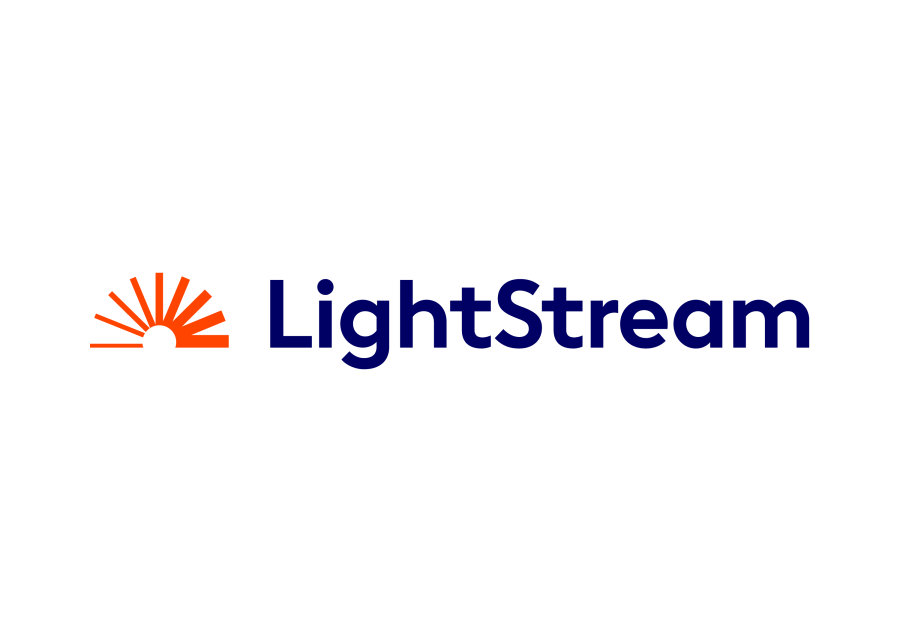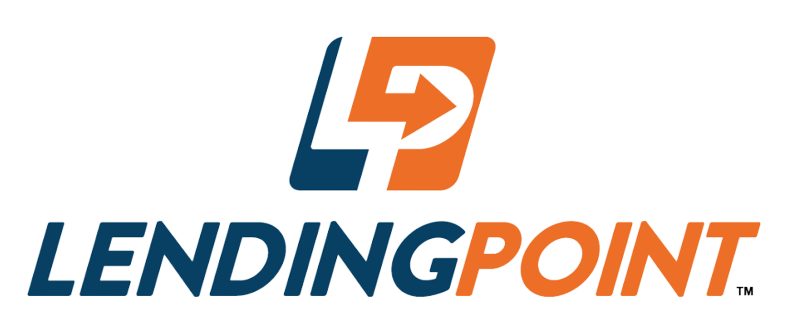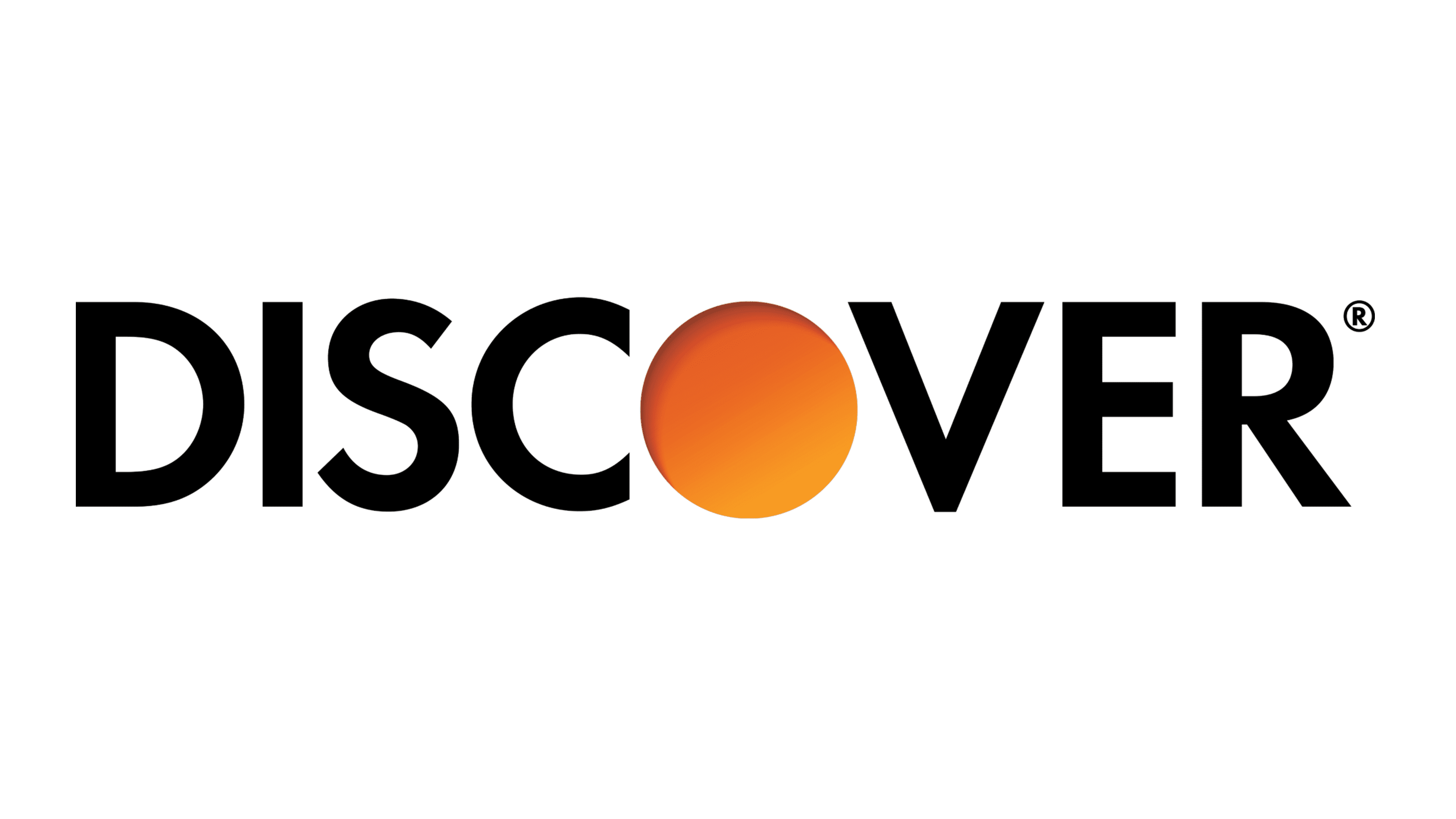Best Roof Loans March 2024
Summary: Best Roof Loans
Methodology
We reviewed 29 popular lenders based on 16 data points in the categories of loan details, loan costs, eligibility and accessibility, customer experience and the application process. We chose the best lenders based on the weighting assigned to each category:
- Loan cost: 35%
- Loan details: 20%
- Eligibility and accessibility: 20%
- Customer experience: 15%
- Application process: 10%
Within each major category, we also considered several characteristics, including available loan amounts, repayment terms, APR ranges and applicable fees. We also looked at minimum credit score requirements, whether each lender accepts co-signers or joint applications and the geographic availability of the lender. Finally, we evaluated each provider’s customer support tools, borrower perks and features that simplify the borrowing process—like prequalification options and mobile apps.
Where appropriate, we awarded partial points depending on how well a lender met each criterion.
To learn more about how Forbes Advisor rates lenders, and our editorial process, check out our Loans Rating & Review Methodology.
Tips for Comparing Roof Loans
Before choosing a personal loan, it’s a good idea to shop around and compare your options. Consider these tips when choosing your loan:
- Compare interest rates. Interest is the cost of borrowing money, so the lower your rate, the more affordable your loan will be. Comparing multiple loan offers can help you find one with the best rate.
- Watch out for fees. A low interest rate doesn’t necessarily make one loan more affordable than another if it comes with high fees. Keep an eye out for an origination fee, disbursement fee or any other expense that could add to your cost of borrowing.
- Review repayment terms. Check out the amount of time a lender gives you to pay back your loan. If you’re borrowing a large loan, you might prefer the option of a longer repayment term.
- Estimate your monthly payments. Use a personal loan calculator to estimate your monthly payments on each loan offer. Look for one that fits your budget and won’t be a burden each month.
- Find out how much you can borrow. Every lender sets its own minimum and maximum loan amounts, so search for one that offers the amount you need to cover your roofing project costs.
- Look for the option to prequalify. Some lenders let you check your rates online with no impact on your credit score. Having this option to prequalify can make it easier to shop for loan offers, so it may be worth prioritizing lenders that offer this service.
- Ask how long the loan takes to fund. Depending on your roofing needs, you might need your roof loan fast. As you compare lenders, find out how long it takes for each one to process your application and fund your loan.
- Check out the customer service channels. Find out how you can communicate with a lender, whether over the phone, email, live chat or all three. The amount of support a lender provides may sway your decision toward one lender over another.
- Read customer reviews. Finally, take some time to read customer reviews before selecting your roof loan. Consumer review sites like Trustpilot can show you whether other borrowers had a good experience with the lender.
What Is Roof Financing?
Roof financing comes in a variety of forms, but it allows you to pay off your roof replacement costs over time rather than all at once. One common option is a roof loan, which is a type of personal loan.
A personal loan is an installment loan that typically spans one to seven years. You’ll usually get a fixed interest rate and make equal monthly payments until you’ve paid back the loan in full.
You can find a personal loan from a private lending institution, such as a bank, credit union or online lender. Because personal loans tend to be unsecured, you’ll need a good credit score (at least 670) and acceptable debt-to-income (DTI) ratio to qualify.
You may be able to get a personal loan with fair credit, but you’ll probably end up with a higher interest rate. You can often find personal loans that range anywhere from $1,000 to $100,000 with interest rates from around 4% to 36%.
How Much Does It Cost to Replace a Roof?
The cost to replace a roof varies depending on the size of your home, the material of your roof and the cost of labor in your area. The average roof replacement cost is $8,314.
Some roof materials are a lot pricier than others. The average cost for asphalt shingles falls between $5,753 and $12,231, for instance, while the average cost for a slate roof ranges from $5,553 to $23,872. The cost of a copper roof on a 3,000-square-foot home can reach $90,000.
Labor costs typically range between $1.50 and $3.00 per square foot. Since labor costs can vary, it’s often a good idea to get multiple quotes before choosing a contractor.
Some other factors that can affect costs include the extent of the damage to your roof, environmental conditions and removal of old materials.
Can You Finance a Roof With Bad Credit?
Because personal loans are unsecured, meaning they don’t require collateral, you typically need fair credit or better to borrow one. If you have bad credit, you’ll need to find a lender who offers personal loans for bad credit or apply with a creditworthy co-signer to qualify.
Alternatively, you could consider a secured personal loan, which does require collateral—an asset that the lender can repossess if you default. Secured loans tend to have more flexible credit requirements than unsecured ones, as well as higher borrowing amounts.
Other Options to Finance a Roof
A personal loan isn’t your only option for financing a roof replacement. Here are some alternatives to consider.
Home Equity Loan
As a homeowner, you may be able to borrow up to 85% of the equity you hold in your home with a home equity loan. Similar to a personal loan, a home equity loan is an installment loan that provides a lump sum upfront that you pay back over time.
Taking out a home equity loan, also known as a second mortgage, can be a more time-consuming process, though. It might take weeks to get the funds, whereas a personal loan can be funded in days. What’s more, your home serves as collateral, which means the lender can repossess it if you default.
Home Equity Line of Credit
A home equity line of credit (HELOC) also uses your home as collateral but gives you access to a credit limit instead of a lump-sum amount. You can borrow from this line of credit during a specified draw period, typically 10 years, and pay it back as you go. This flexibility might be preferable if you expect project costs to fluctuate or want to finance additional projects.
Most HELOCs come with variable interest rates, but some lenders give you the option of locking in a fixed rate during your draw period.
Cash-out Refinance
When rates are low, it can make sense to refinance your mortgage for better rates. With a cash-out refinance, you borrow a larger mortgage than you have currently and use the extra cash to finance your roofing project.
This approach can make sense if you can get a better interest rate than you have now, but it probably wouldn’t work if you already have a low interest rate. It can also be risky if your home value drops, leaving you with a loan that exceeds the value of your home (also known as being underwater).
Government-insured Loan
Homeowners who don’t meet the credit or equity requirements for other roof financing options may also explore government-insured loans to cover their project.
One option is the Federal Housing Administration (FHA) 203(k) standard loan, which lets you refinance your existing mortgage while rolling in your roofing costs, as long as they exceed $5,000.
Another is the FHA Title 1 loan, a fixed-rate loan that you can use for home improvements. FHA Title 1 loans are unsecured up to $7,500 while larger loan amounts are secured by your home.
Contractor Financing
Your roofing contractor may also offer financing options, likely in the form of a personal loan or credit card. It may be worth checking rates through your contractor as you shop around for the best deal. Make sure to read over any terms and conditions carefully so you know what you’re signing up for.
Credit Card
If you can pay off your roofing project costs quickly, a credit card could be helpful. Credit card APRs tend to be high, but you could consider signing up for a new card with a 0% APR promotional period that spans up to 18 months. If you don’t pay off your balance during this time, you’ll owe interest on the remaining balance.
Homeowners Insurance or Warranty
If your roof was damaged in a storm or a fire, rather than from normal wear and tear, your homeowners insurance may cover the costs of repair. Most insurance policies require you to pay a deductible before your coverage starts. If you have a home warranty policy, check to see if it could cover your roof issues.
Frequently Asked Questions (FAQs)
What credit score do I need to finance a new roof?
Credit score requirements vary depending on the type of roof financing you’re after and the lender you choose. To borrow a personal loan, most lenders like to see a credit score of at least 670, but some lenders allow for scores as low as 580.
Are there any programs to help pay for a new roof?
The FHA 203(k) and FHA Title 1 loan programs can help finance a new roof. A homeowners insurance or home warranty policy may also offer assistance, particularly if the roof damage was caused by a storm or fire.
How long can you finance a roof for?
If you borrow a personal loan to finance your roof repair or replacement, you can typically choose repayment terms of one to seven years.
Next Up In Personal Loans
Forbes Advisor adheres to strict editorial integrity standards. To the best of our knowledge, all content is accurate as of the date posted, though offers contained herein may no longer be available. The opinions expressed are the author’s alone and have not been provided, approved, or otherwise endorsed by our partners.
Read the full article here




















